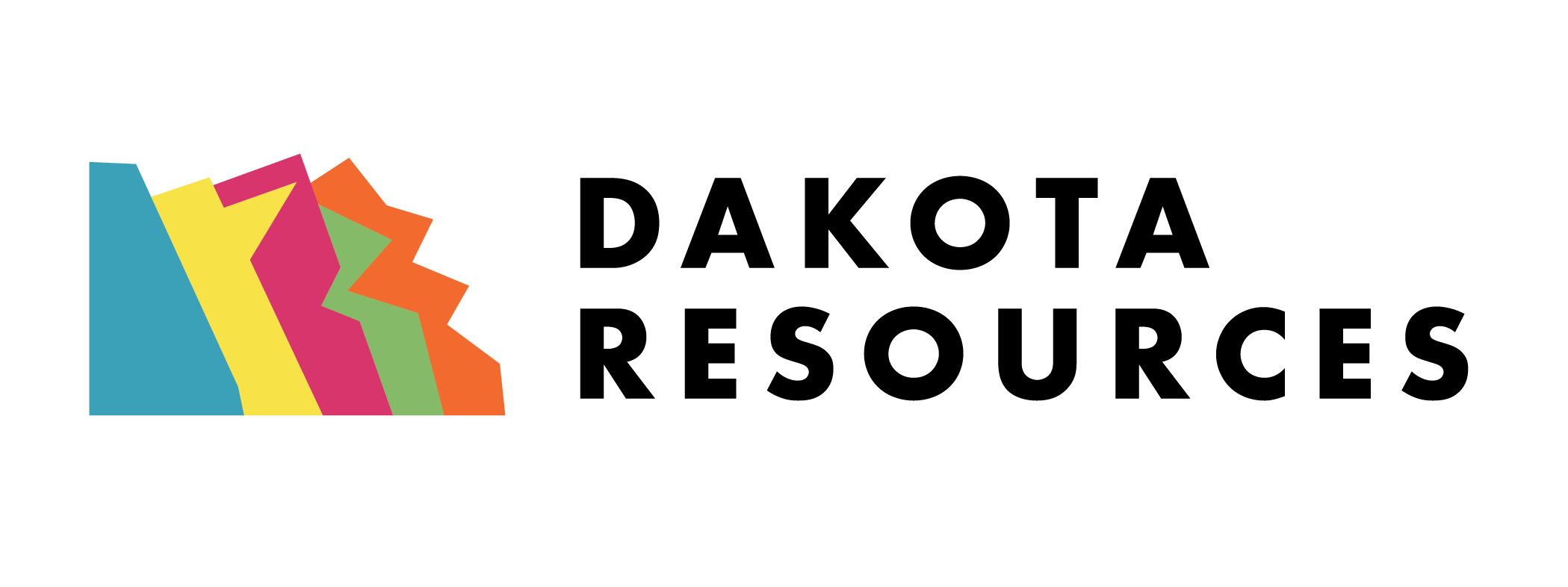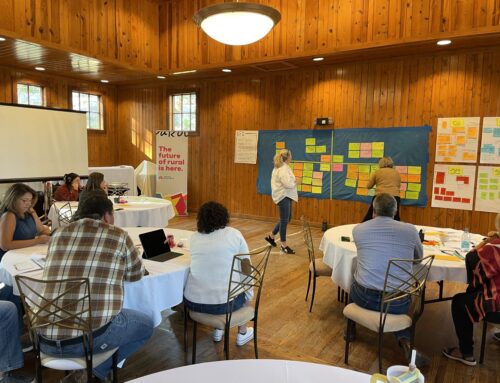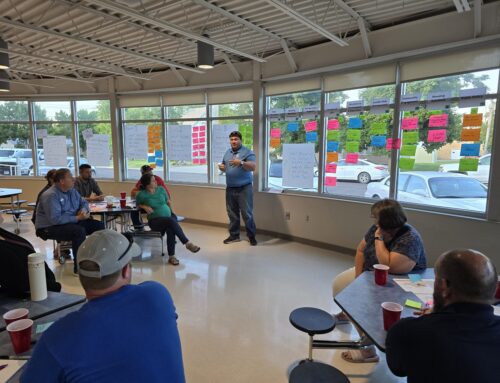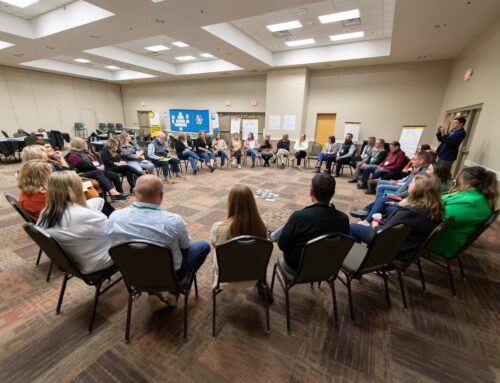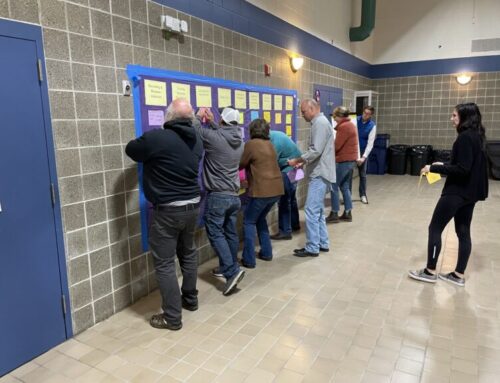From Volunteer to Leader: Building Stronger Rural Communities
By: Paula Jensen
Volunteering is a big part of life for many people living in rural areas. A recent community survey by Dakota Resources and eight rural communities found that about 80% of people believe they need to get involved to help their community succeed.
Volunteering can mean different things: donating money, helping neighbors, taking on leadership roles, or working on community projects. Across the country, the number of people who volunteer formally has been dropping for about 20 years. However, the numbers improved after the COVID-19 pandemic. In 2023, the national volunteering rate was 28%, up from 23.2% in 2021.
Rural America has always been an exception to these trends. In small towns, people rely on each other to create strong, successful communities. South Dakota ranked #6 in the country for formal volunteering, with 37.8% of people volunteering in 2023. This is up from 34.2% in 2021.
Yet, here in South Dakota, we still rank 6th for the highest need for leaders in the country. In our state, about 1 in 15 adults must serve as leaders for nonprofits or local government roles. In smaller counties, the need is even greater—closer to 1 in 7 people. For example, in my home county of 4,390 people, we need about 627 residents to step up into leadership roles.
The challenge is clear: many of the same people are carrying the weight of leadership across multiple organizations. These dedicated leaders, often called the “Same Ten People,” are stretched thin. This is where you come in. Have you ever thought about taking on a leadership role in your community? Maybe no one has asked you yet, or maybe you’re not sure where to start. The truth is, our communities need you, and your involvement can make a huge difference.
In my work with rural organizations and communities, I have seen multiple solutions to meeting the demand for more leaders:
- Community Engagement: Hosting regular community gatherings to engage residents in naming local priorities can give people a voice and entice them to volunteer for a priority they are passionate about.
- Youth Engagement: Giving young people leadership opportunities in schools, organizations, and community programs can help create the next generation of volunteers.
- Economic Support: Offering help, like small stipends, childcare, or recognition programs, can make it easier for people who can’t afford to volunteer for free.
- Capacity Building: Helping local organizations recruit, recognize, train, and keep volunteers can strengthen their ability to serve the community.
- Partnerships: Creating partnerships between local governments, businesses, and nonprofits can provide more resources and support for volunteer work.
Even though 37.8% of South Dakotans volunteer—a rate higher than most of the country—it’s not enough to meet the demand for leadership roles that exist. Small towns and rural areas depend on people like you to step up, lead, and ensure our communities thrive. Without enough leaders, essential organizations and services could fade away.
Leadership doesn’t require special skills or years of experience—it requires a willingness to care and take action. Whether it’s joining a local board, running for office, or mentoring a youth group, your effort matters. Don’t wait to be asked. Look around and see where you can lend your voice, your time, or your skills.
Imagine what your community could be if more people stepped into leadership roles. It starts with you. Reach out to local organizations, talk to current leaders, and find a place where you can make a difference. Our rural communities are strong, but they will only stay that way if we all take part.
The future of our small towns depends on leaders like you. There’s no better time to step up, get involved, and make your community a better place—starting today.
About the Author
Having a passion for community leadership and development is what drives Paula Jensen’s personal and professional life. Paula lives in her hometown of Langford, South Dakota, population 318+. She serves as a Strategic Doing practitioner, grant writer and community coach with Dakota Resources based in Renner, South Dakota. Dakota Resources is a mission-driven 501c3 Community Development Financial Institution working to connect capital and capacity to empower rural communities. Fill out our Contact Us form to get in touch with her. You can find all her guest columns at the following website.
